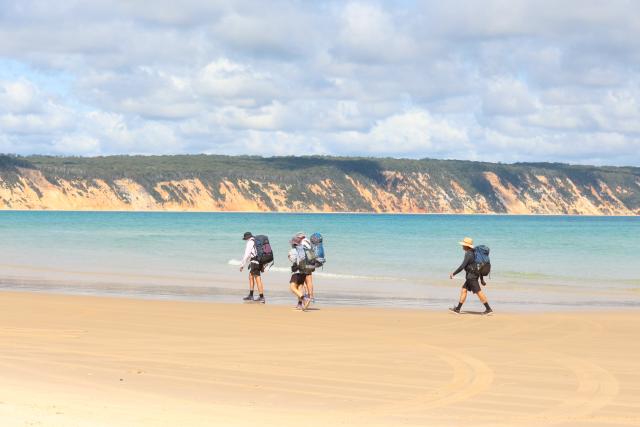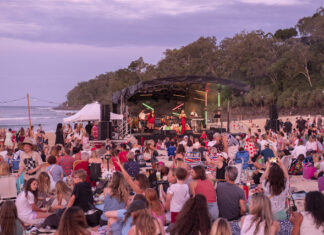
A major international study has found what researchers claim is a new discovery about the role of the Cooloola sandmass region and K’gari (Fraser Island) in making the southern Great Barrier Reef possible.
AAP reports that a peer-reviewed study found evidence K’gari formed between 0.7 and 1.2 million years ago and promoted coral reef formation by effectively cleaning sediment from adjacent waters.
It dramatically reduced sediment supply to the continental shelf to its north, the researchers say.
Writing in Nature Geoscience, the University of Queensland researchers found K’gari facilitated widespread coral reef formation in the southern and central Great Barrier Reef and was a necessary precondition for its development.
The island acted as a barrier to longshore drift which redirected sediment off the edge of the continental shelf, resulting in an increase in carbonate sedimentation and reef growth north of the island.
But before it existed, northward longshore drift would have interfered with coral reef development in the southern and central GBR, according to ocean drilling program results.
The research also looked at sediment and soil sequences along Rainbow Beach and the Cooloola Sand Mass cliffs.
It indicates the island prevented northward terrestrial sand transport, decreasing sediment across the southern reef.
From this, carbonate sedimentation dominated and was vital to reef development.
Whether longshore sediment transport also contributed to reef development further north requires more research, they said.
The joint study from the University of Queensland, University of Canterbury, The Australian National University, Flinders University, University of Western Australia, Stockholm University can be found in Nature Geoscience.






